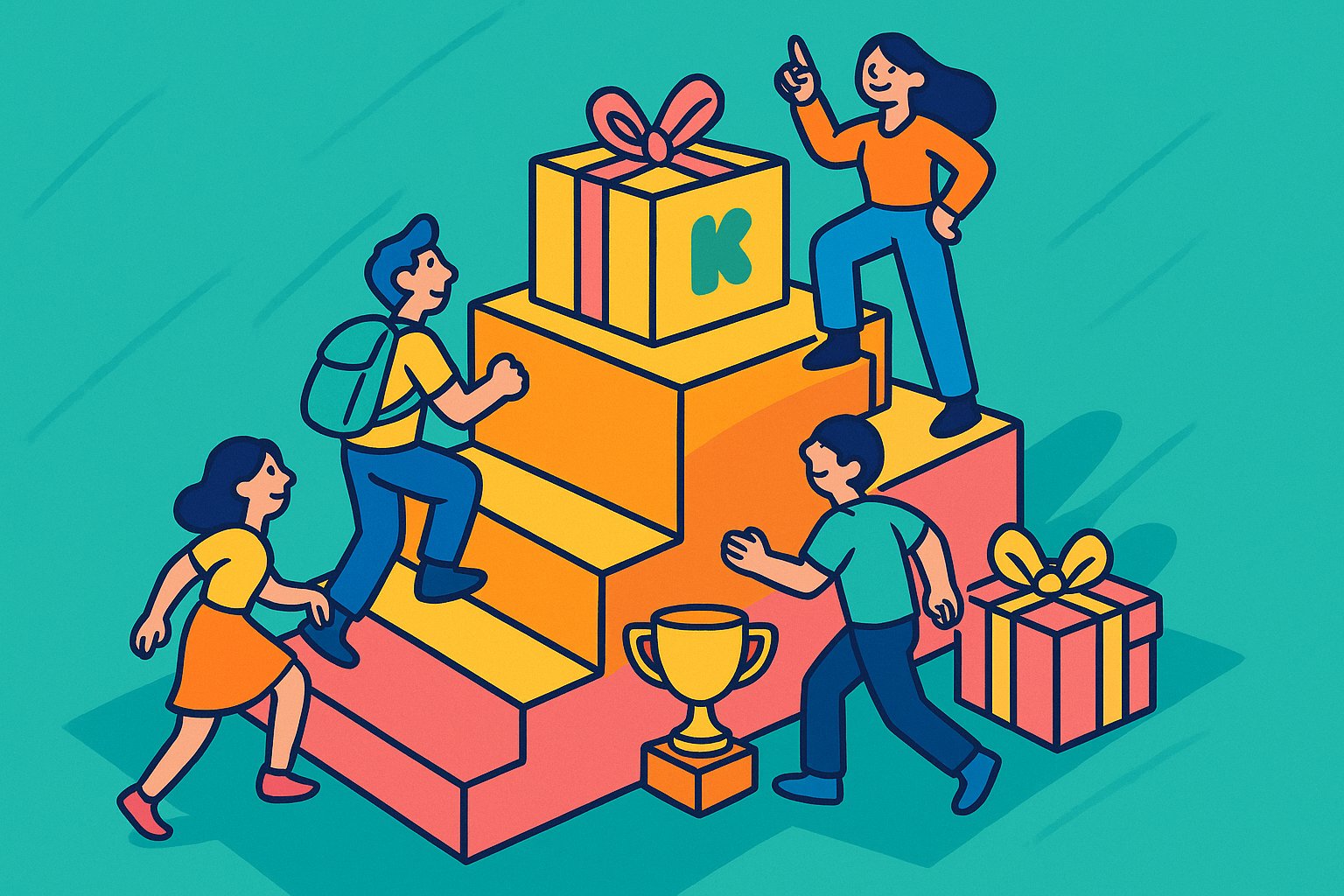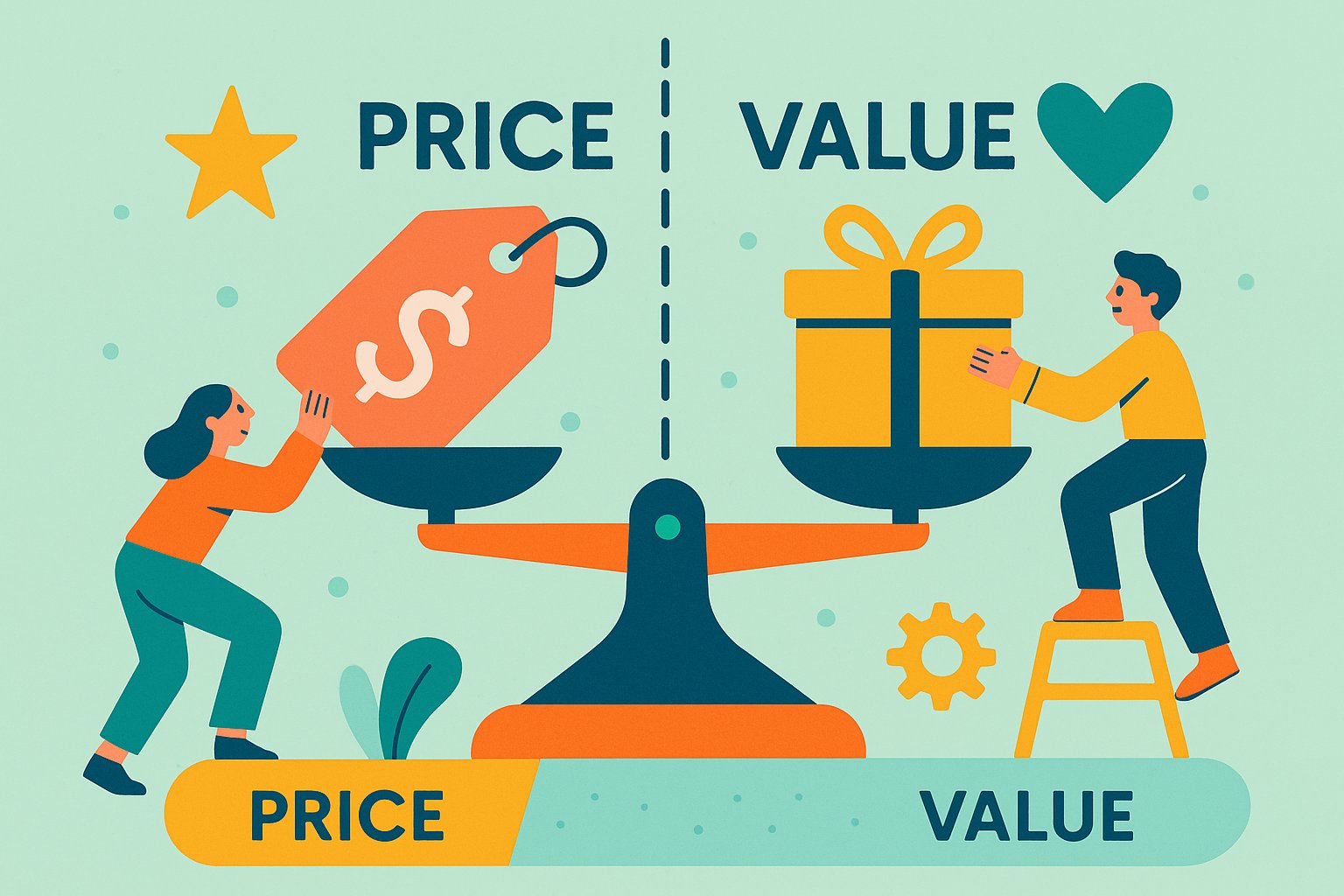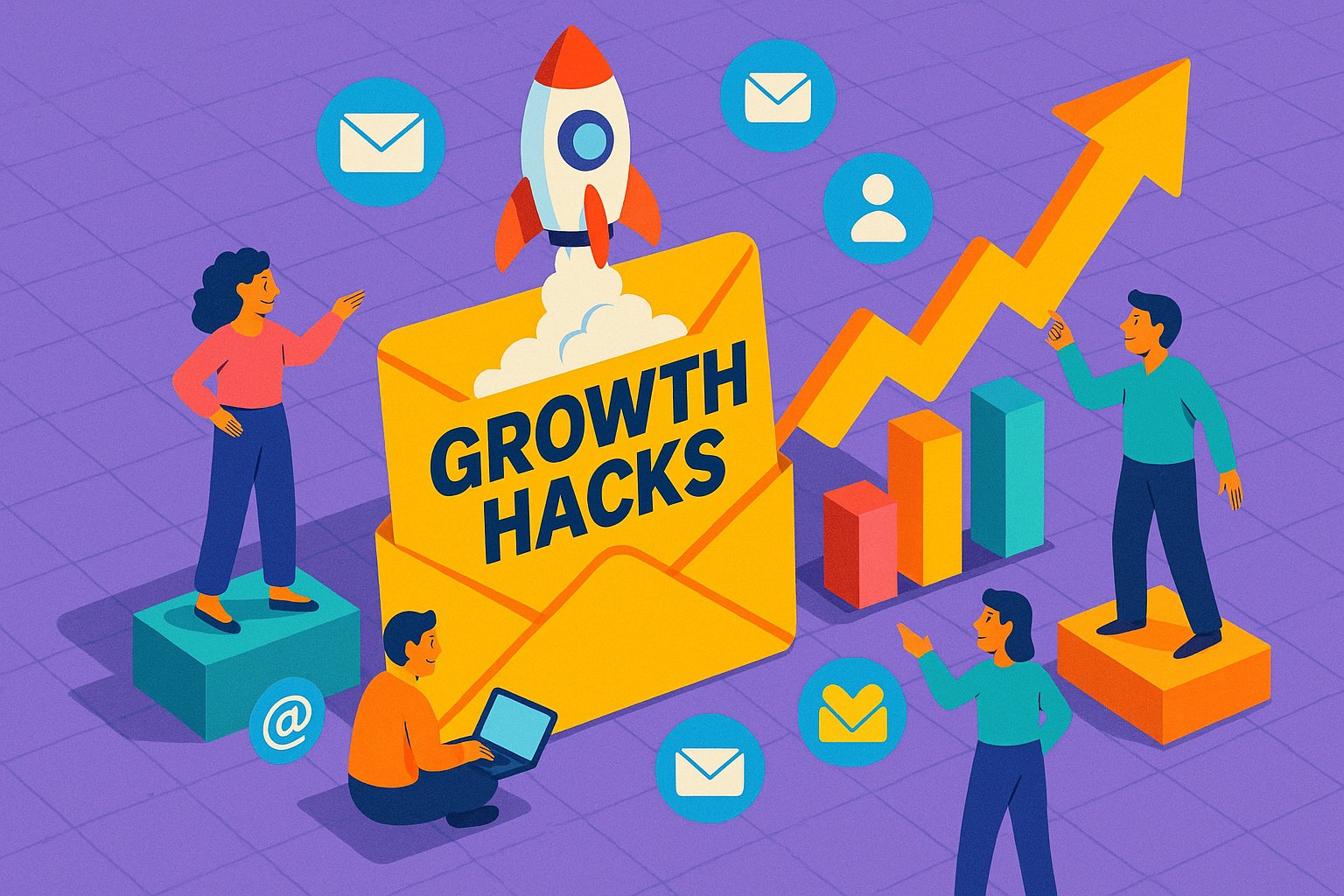Why Tier Strategy Can Make or Break Your Campaign
When you launch a Kickstarter campaign, you’re not just presenting a product—you’re inviting people into a story, a shared vision of what could be. Reward tiers serve as the checkpoints along that narrative, guiding backers from initial curiosity to full-fledged commitment. Structuring tiers effectively is more than slapping on price points; it’s about crafting an experience that resonates emotionally, communicates value clearly, and incentivizes early momentum. A well-conceived tier strategy can generate excitement before launch, fuel the crucial first 48 hours of pledging, and sustain momentum throughout the campaign’s lifecycle. Conversely, a poorly organized tier structure can create confusion, hinder conversions, and even lead to backer dissatisfaction. Understanding how to balance creativity, clarity, and profitability in your tier lineup is the bedrock of a winning Kickstarter campaign.
Imagine a tier roadmap as a journey: at first glance, backers need to see an inviting path that speaks directly to their desires—be it an exclusive limited-edition product, an early-bird discount that amplifies urgency, or a premium bundle that feels irresistibly valuable. As they progress down that road, the path should remain intuitive, avoiding pitfalls like ambiguous descriptions, hidden costs, or reward tiers that feel disconnected from the core narrative. Effective tier structuring begins long before you press the “Publish” button. It requires understanding your product’s true cost base, identifying what motivates your ideal backer, and translating those motivations into price-sensitive, yet emotionally compelling, offerings. In this comprehensive guide, we’ll explore every aspect of masterful tier structuring: from decoding backer psychology to pricing with precision, from establishing a clear tier hierarchy to communicating tier value persuasively. By the end, you’ll possess the tools to design a tier framework that not only drives pledges but also fosters long-term loyalty among your backers.
Unpacking the Psychology Behind Reward Tiers
At the heart of every Kickstarter campaign lies a fundamental question: “What makes a backer reach for their wallet?” Reward tiers tap into that motivation by providing an array of options that align with varying levels of desire and commitment. Some backers seek exclusivity—knowing they are among the first to own a cutting-edge gadget or limited-edition art print. Others value cost savings, drawn to early-bird discounts that reward swift action. Certain supporters simply crave community recognition, wanting their name immortalized in the credits or a personalized thank-you video from the creators.
Effective tier structuring hinges on empathy—stepping into the shoes of diverse backer personas and anticipating what would compel each segment to pledge. If you’re launching a new board game, for example, one tier might offer a uniquely numbered collector’s edition with access to designer notes, appealing to hardcore enthusiasts. A lower-cost tier could include just the base game plus an exclusive digital soundtrack, capturing casual players who want novelty without a premium price. By considering the varied motivations—exclusivity, cost savings, community involvement—creators align each reward tier with a specific emotional or functional benefit, ensuring that potential backers see their aspirations reflected in the tier options.
Mapping Value to Pricing: Striking the Perfect Balance
Determining the right price for each reward tier is a delicate exercise in balancing perceived value with realistic cost margins. Start by conducting a thorough cost breakdown: factor in material costs, manufacturing fees, shipping expenses (both domestic and international), Kickstarter’s platform fees, and a reasonable buffer for unforeseen contingencies. Once you establish your break-even point, layer on a margin that reflects the perceived value you’re offering. If a physical product costs $20 to manufacture and ship, offering it at $50 in a standard tier feels justifiable—especially if you highlight benefits like early access or behind-the-scenes exclusives.
However, price alone doesn’t guarantee perceived value. The narrative you build around each tier tiptoes into the psychological realm. A “Founders Edition” tier priced 20 percent above the standard retail price can feel worthwhile if you underscore scarcity—perhaps limiting it to the first 100 backers and including a handwritten signature from the design team. When backers understand the extra elements they receive—be it tangible extras, community recognition, or early usage rights—their willingness to pay climbs. Always test your pricing assumptions by surveying potential backers or conducting informal focus groups. By verifying that your pricing aligns with market expectations, you minimize the risk of setting tiers too high (which could scare off pledges) or too low (which could undercut potential revenue).
Building a Logical Tier Hierarchy That Guides Action
Imagine your Kickstarter page as a retail shelf with products arranged from entry-level to premium. A logical tier hierarchy guides backers smoothly through their options, preventing analysis paralysis and encouraging progression toward a mid-range or premium pledge. Start with a clear base tier that offers fundamental access to the product at an affordable price—this tier exists to capture impulse pledges and provide momentum. Above it, a mid-tier might bundle the core product with digital extras or minor add-ons, nudging backers toward higher value without overwhelming them.
As you ascend the hierarchy, rewards become increasingly exclusive: limited-edition color variants, private beta testing invitations, personalized merchandise, or digital badges that unlock community perks. The highest tier should feel aspirational—a chance to gain direct access to the creators, attend a VIP launch event, or receive a custom prototype. This vertical arrangement ensures that backers understand the incremental value gained at each level. By maintaining a consistent narrative thread—tying each tier back to core project benefits—you avoid confusing or diluting your messaging. When backers perceive a coherent value trajectory, they’re more likely to consider why, for example, the mid-tier provides three times the impact of the base tier for just 1.5 times the price.
Creating Irresistible Early Bird and Limited-Time Offers
Early momentum on Kickstarter often dictates overall success. Backers are drawn to scarcity and time-sensitive incentives—an early-bird reward whispers, “Be among the pioneers.” To harness this psychological driver, reserve a small portion of your first-tier inventory—perhaps 15 to 20 percent—for early-bird pricing. If your standard tier price is $100, offering an early bird at $80 for the first 100 backers creates urgency that fuels launch-day pledges. Timing is everything: ensure you announce the early-bird special during pre-launch marketing, so your email list and social media followers are poised to claim rewards within minutes of going live.
Limited-time offers extend beyond the initial rush. Consider unveiling mid-campaign flash sales—perhaps a “48-hours only” tier that bundles in an unexpected bonus of comparable value. Recognize that these incentives must be financially sustainable; promising too many extras can irreparably plug your margins. Therefore, calculate all added costs in advance and ensure that fulfillment logistics can handle any sudden spikes in demand. Combining early-bird tiers with strategically timed limited-time offers keeps momentum from stalling in the campaign’s middle phase, sustaining excitement and encouraging backers to act swiftly rather than waiting until the final days.
Narrating Tier Benefits Through Compelling Copy and Visuals
Once your tier hierarchy and pricing are set, the next challenge is communicating each tier’s benefits without resorting to jargon or cluttered lists. Persuasive copywriting paints a vivid picture of what backers will experience. Instead of simply listing “Limited Edition Color Variant,” delve into why that variant matters: “Stand out with our exclusive midnight blue finish, crafted to evoke the tranquility of twilight and limited to the first 50 backers. Each unit bears a subtly engraved serial number, ensuring your prototype is as unique as your support.”
Visual cues complement written descriptions. High-quality photographs or renders that showcase the physical differences between tiers—such as custom engraving, bespoke packaging design, or additional accessories—help backers quickly grasp added value. When possible, present comparative mock-ups: show side-by-side images of the base product versus the mid-tier bundle to reinforce differences at a glance. Keep text overlays minimal and legible, ensuring that the visuals enhance rather than distract. By weaving storytelling elements—like the founder’s inspiration or user testimonials—into tier descriptions, you humanize the offerings and make them resonate on an emotional level. This narrative-driven approach convinces backers that they aren’t merely purchasing a product, but becoming part of an unfolding journey.
Anticipating and Avoiding Common Tier Structuring Pitfalls
Even seasoned creators can stumble over tier design missteps. One frequent error is overcrowding the page with too many options, leading backers to second-guess their choices. When confronted with a bewildering array of 10 or more tiers, potential supporters may freeze rather than commit. Aim to keep your reward tiers between five and eight, ensuring each one offers a distinct value proposition without overlapping ambiguously. Another pitfall lies in obscure pricing increments—if mid-tier is priced at $73 and the next tier is $87, backers might question the arbitrary numbers. Round to psychologically appealing figures—$75 or $90—so supporters instantly understand the value ladder.
Underestimating fulfillment complexity is also common. Promising multiple add-ons—such as color variants, bundled accessories, and international shipping perks—can turn into a logistical nightmare when you’re juggling hundreds of permutations. Instead, standardize add-ons in separate, clearly labeled tiers or designate them as optional extras that can be claimed post-campaign through a backer survey. Finally, avoid vague language; a “Limited Collector’s Edition” that never clarifies the exact quantity or production run size breeds skepticism. If you define it as “limited to the first 100 backers” or “only 200 units available,” backers feel more confident and recognize the true scarcity. Proactively identifying and circumventing these pitfalls ensures a smoother campaign trajectory and minimizes backer confusion or disappointment.
Measuring Tier Performance and Iterating in Real Time
A Kickstarter campaign is a dynamic ecosystem, not a static product listing. Monitoring how each tier performs—tracking which levels sell out fastest, which linger, and which generate the highest average pledge—sheds light on backer preferences and spending behavior. Kickstarter’s analytics dashboard provides real-time data on pledge counts by tier; complement this with external tools like Google Analytics or affiliate tracking parameters to discern which marketing channels drive specific tier conversions. If you notice that early-bird tiers are depleting within hours while mid-tier interest falters, consider introducing a limited mid-campaign flash deal on the mid-tier or adjusting messaging to highlight missing incentives.
Be prepared to pivot swiftly. If a higher-priced tier isn’t resonating but lower tiers are overselling, you might consolidate a stagnant tier with an adjacent level, redistributing rewards to maintain profitability. Alternatively, if a new stretch goal—such as adding an extra accessory into a mid-tier—aligns with backer feedback garnered in comments and surveys, announce it promptly and adjust inventory allocations. By staying attuned to tier performance metrics and backer sentiment, you transform your campaign into a living, adaptive entity—continually refining tier structures to maximize engagement and revenue. This iterative approach underscores your commitment to meeting backers’ needs and fortifies trust as you demonstrate responsiveness and flexibility.
Crafting a Legacy: How Effective Tier Structuring Fuels Long-Term Success
When you master tier structuring for your Kickstarter campaign, you don’t just reach your funding goal—you cultivate a community of advocates who believe in your vision and are primed to support future endeavors. A thoughtfully organized tier strategy establishes credibility: backers see that you understand their motivations, respect their resources, and deliver on promised value. This reputation extends beyond the immediate campaign; loyal backers become ambassadors—sharing product unboxings, writing testimonials, and providing user-generated content that amplifies your brand organically.
Moreover, a successful tier framework lays the groundwork for post-campaign activities. When you transition to retail or prepare for your next crowdfunding project, you already know which reward elements resonate most: limited editions that sold out instantly, price points that struck the perfect psychological balance, and add-on features that generated the most enthusiastic responses. You can leverage these lessons to craft new product bundles, tailor marketing messages, and cultivate a sustainable business model beyond Kickstarter’s funding window.
By mastering the art and science of tier structuring—aligning emotional triggers with clear value, pricing with precision, and narrative-driven promotions—you transform your campaign into a launching pad for enduring success. The journey doesn’t end when the funding bar reaches 100 percent; it merely enters its next exhilarating chapter, propelled by the loyalty, trust, and enthusiasm you cultivated through masterful tier design.




